Polish jewels in the UNESCO crown
The impressive cultural and natural heritage of our country is undoubtedly a significant contribution to the European and world heritage of nature and culture. In Poland, you can let yourself be amazed by as many as seventeen different items entered onto the UNESCO World Heritage List (15 cultural and 2 natural heritage sites). Those things and places are very diverse, so there is always something for everyone.
Among them are very well known and valued complexes of historical monuments, such as old town quarters of the cities of Kraków, Warsaw, Toruń and Zamość, unique underground structures, such as the Royal Salt Mines in Wieliczka and Bochnia, Lead-Silver-Zinc Mine in Tarnowskie Góry, Krzemionki Prehistoric Striped Flint Mining Region, religious buildings and complexes such as Kalwaria Zebrzydowska: Mannerist architectural and landscape complex with a pilgrimage park, Churches of Peace in Jawor and Świdnica, Wooden Churches of Southern Małopolska, Wooden Churches in the Carpathian region, parks such as the Muskauer Park, castles such as the Castle of the Teutonic Order in Malbork, and contemporary architecture, represented here by the Centennial Hall in Wrocław). This extraordinary cultural heritage is complemented by two natural sites on the UNESCO World Heritage List: the Białowieża Forest and the Ancient and Primeval Beech Forests of the Carpathians. There is indeed plenty to choose from!
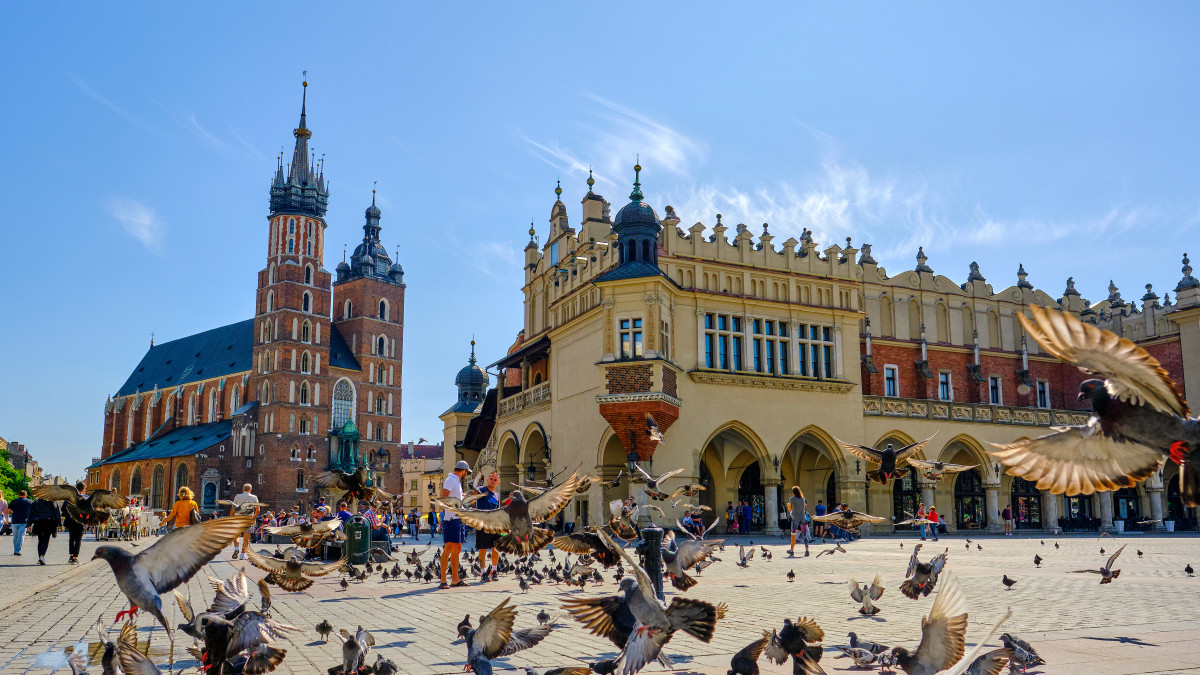
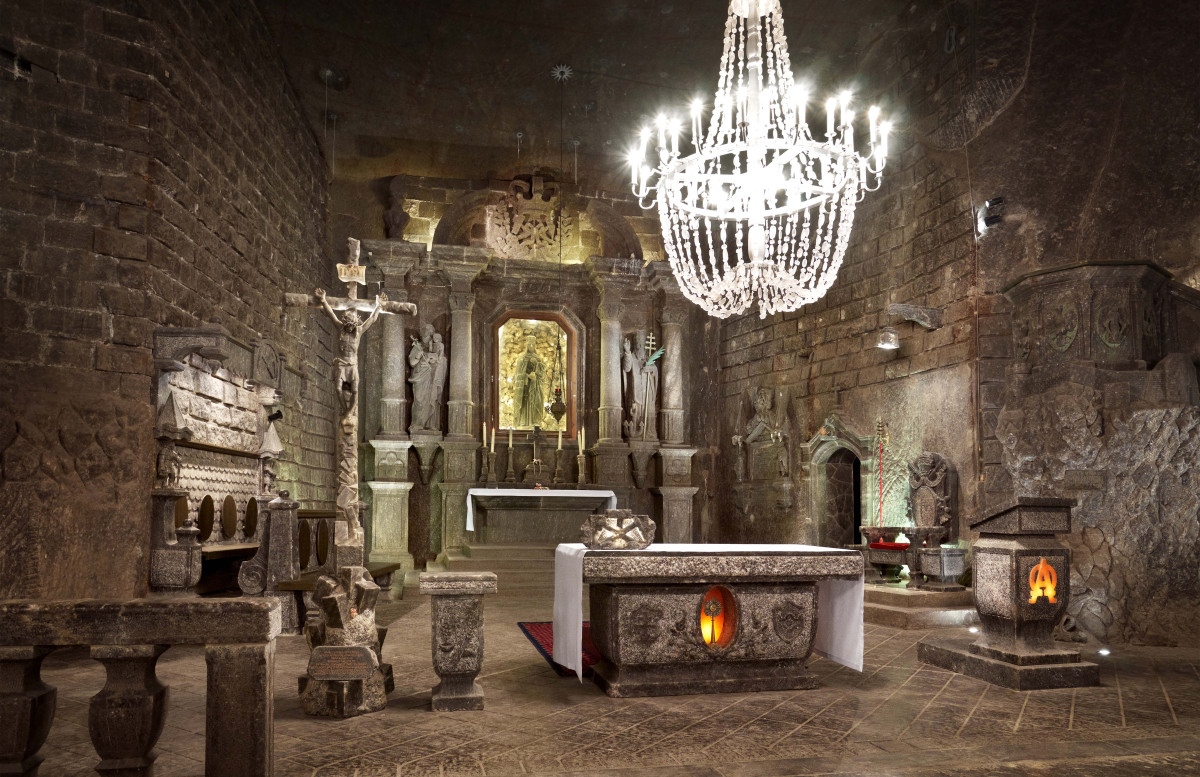
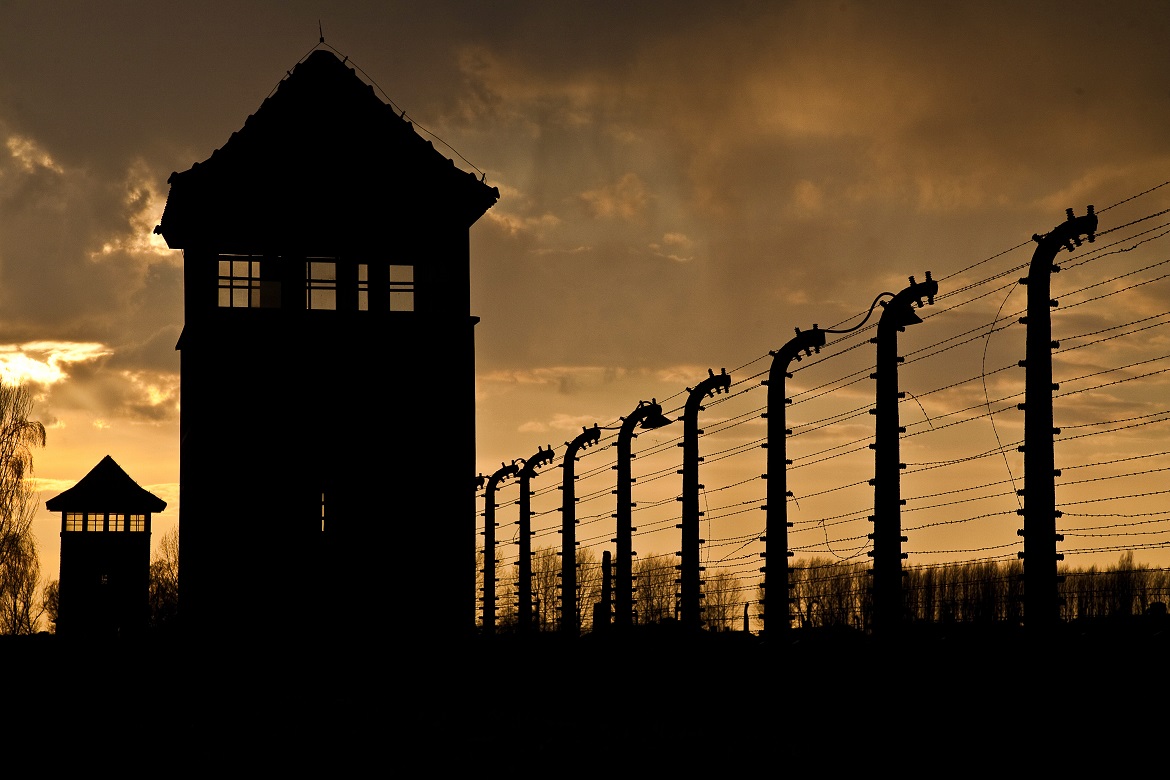
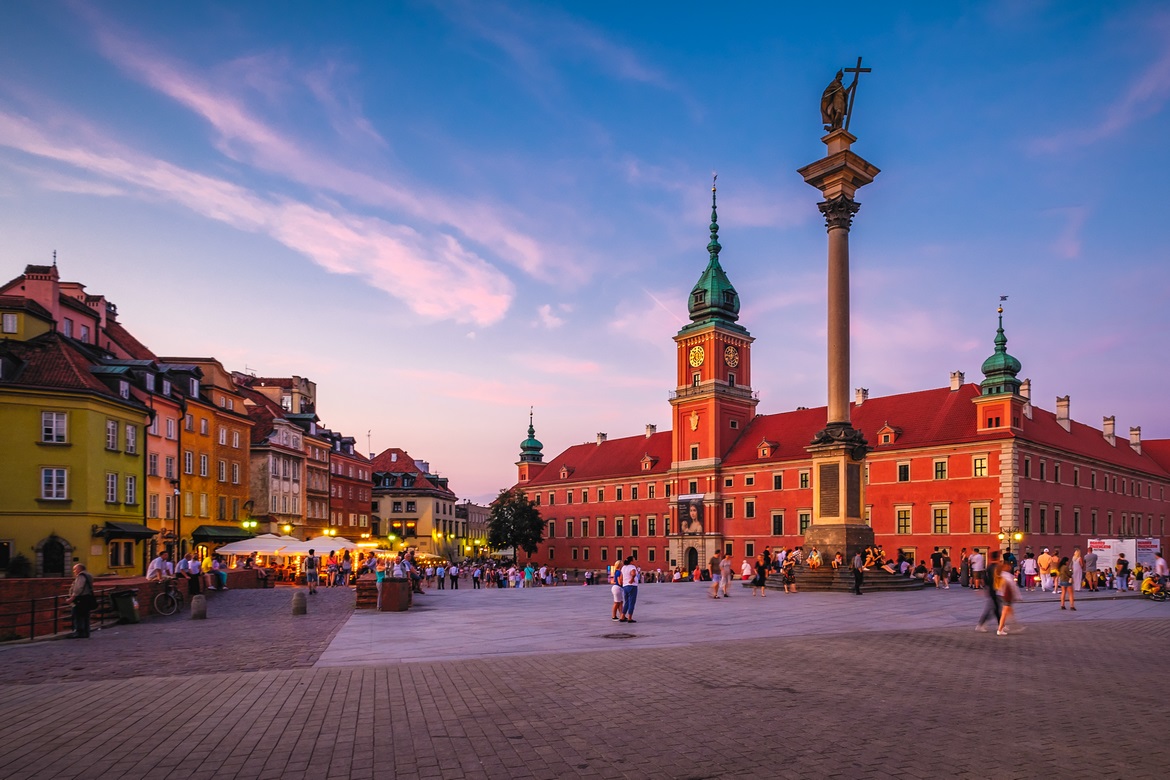
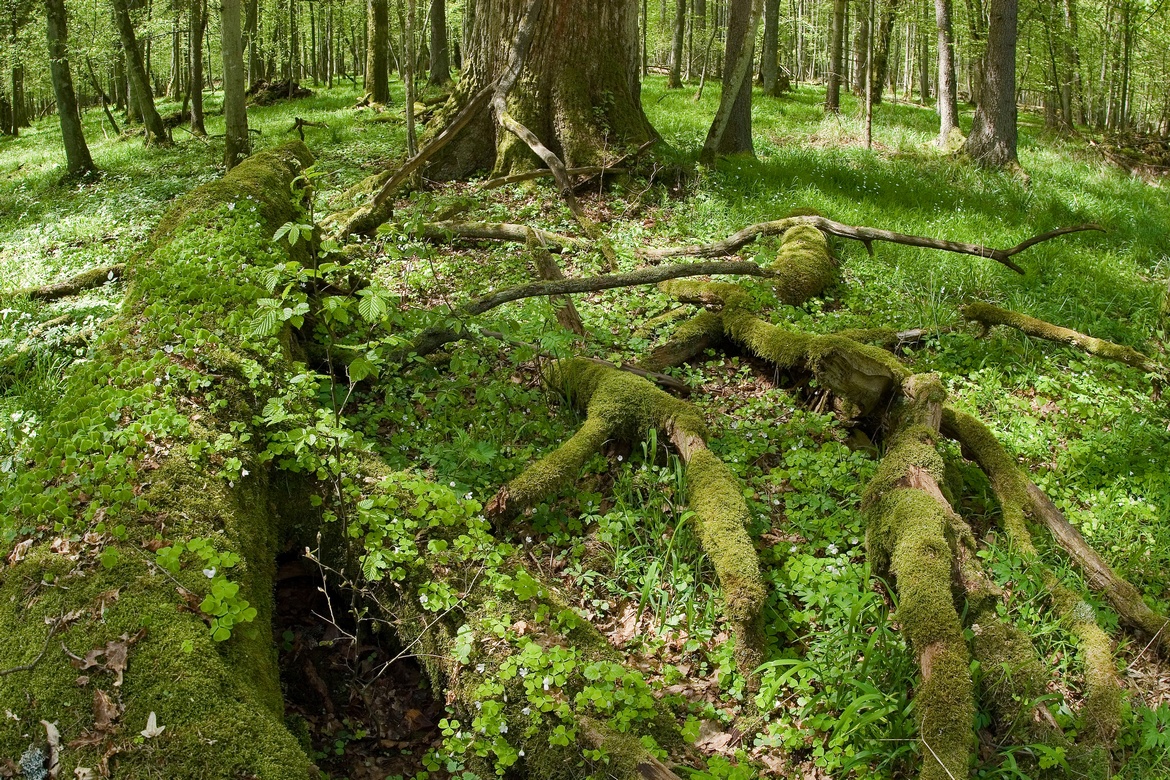
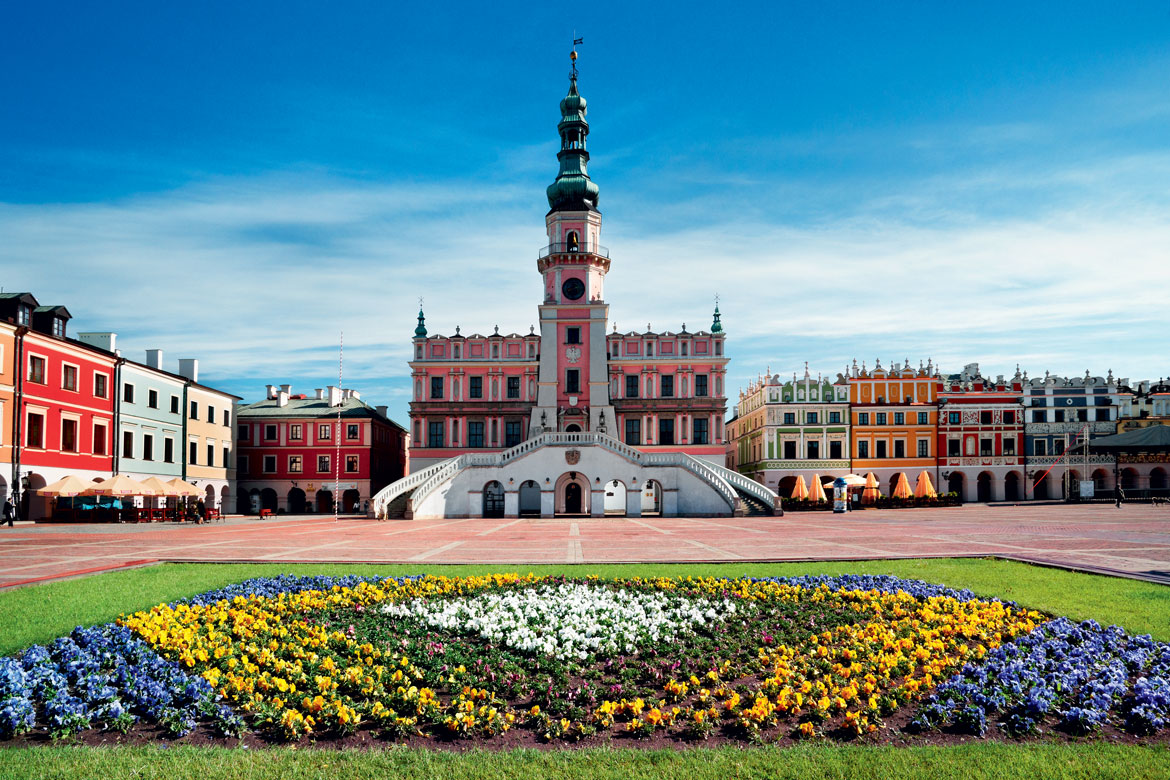
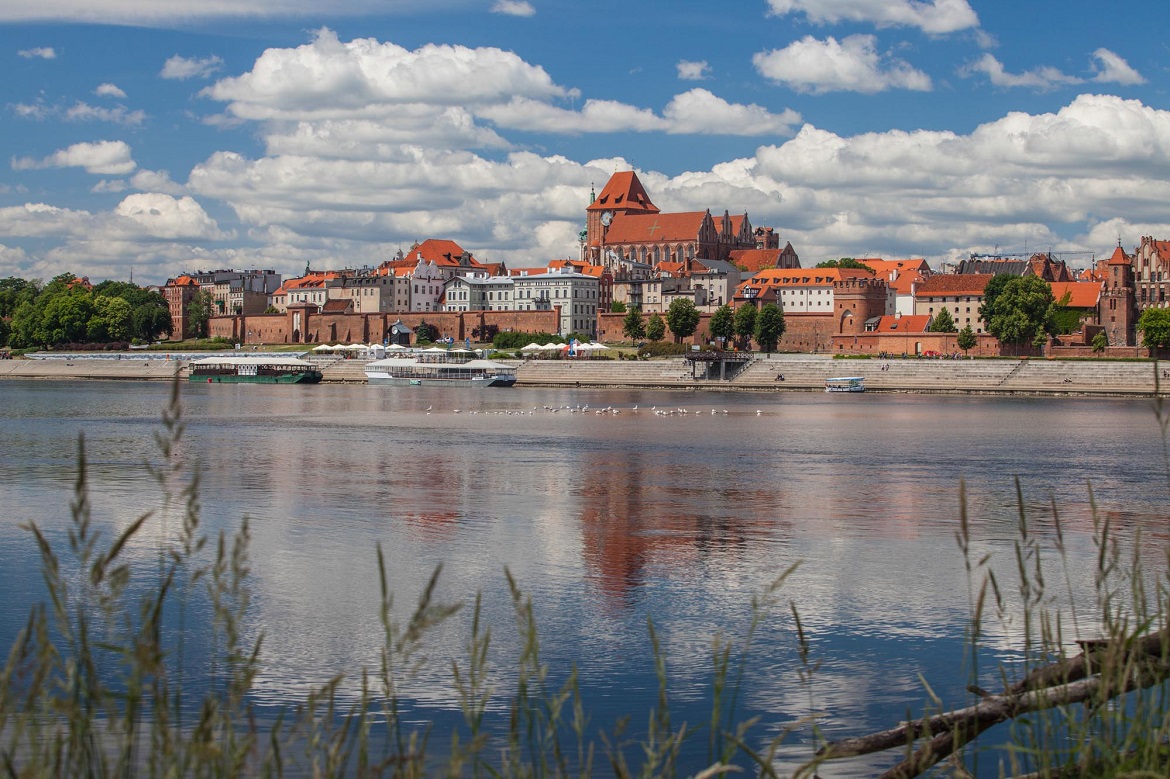
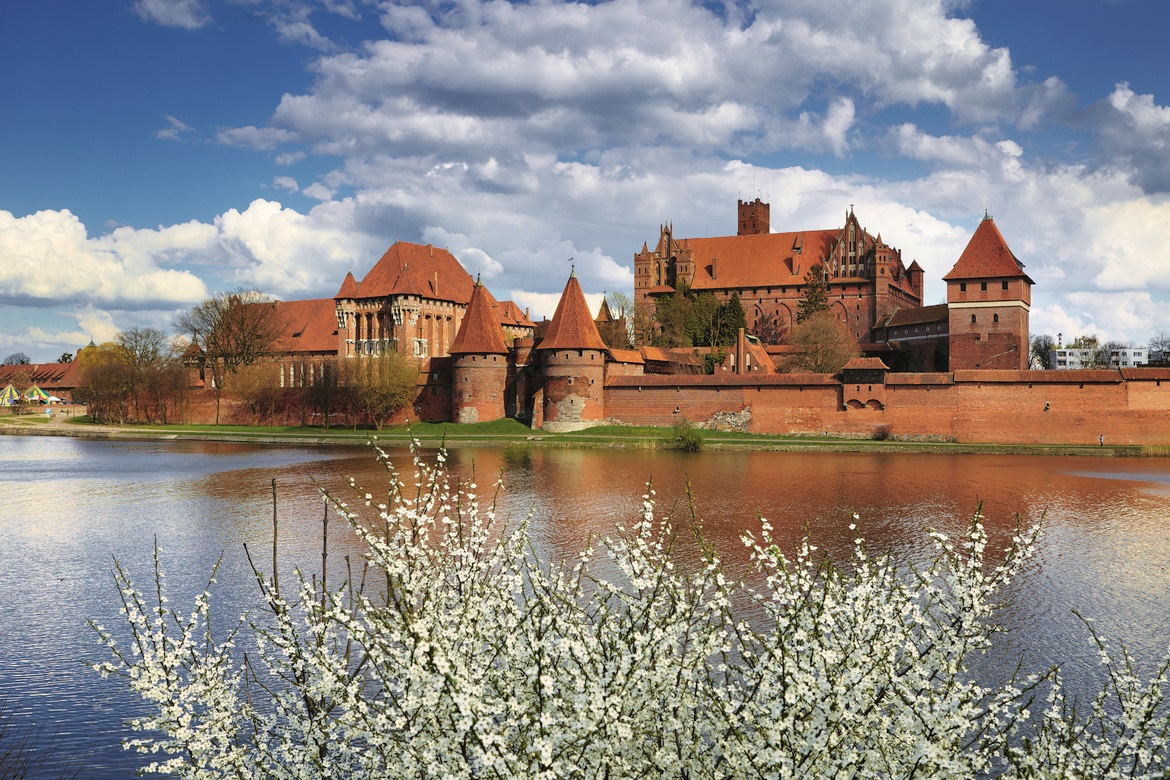
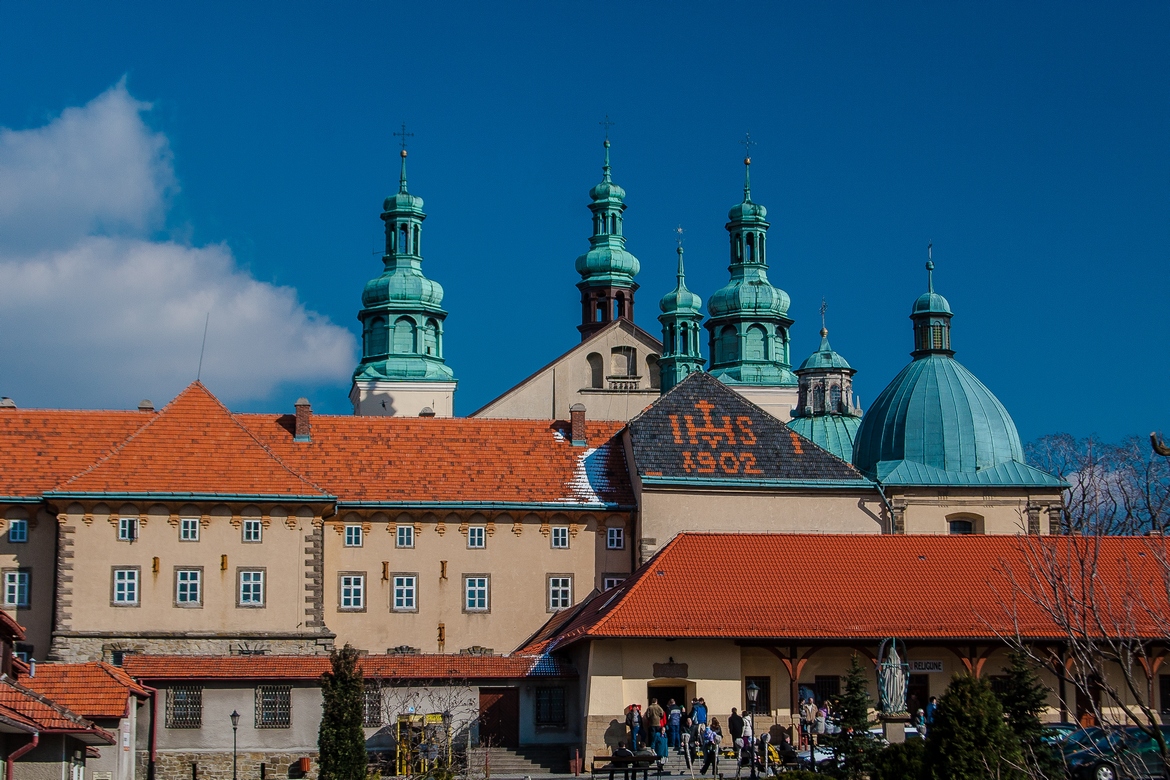
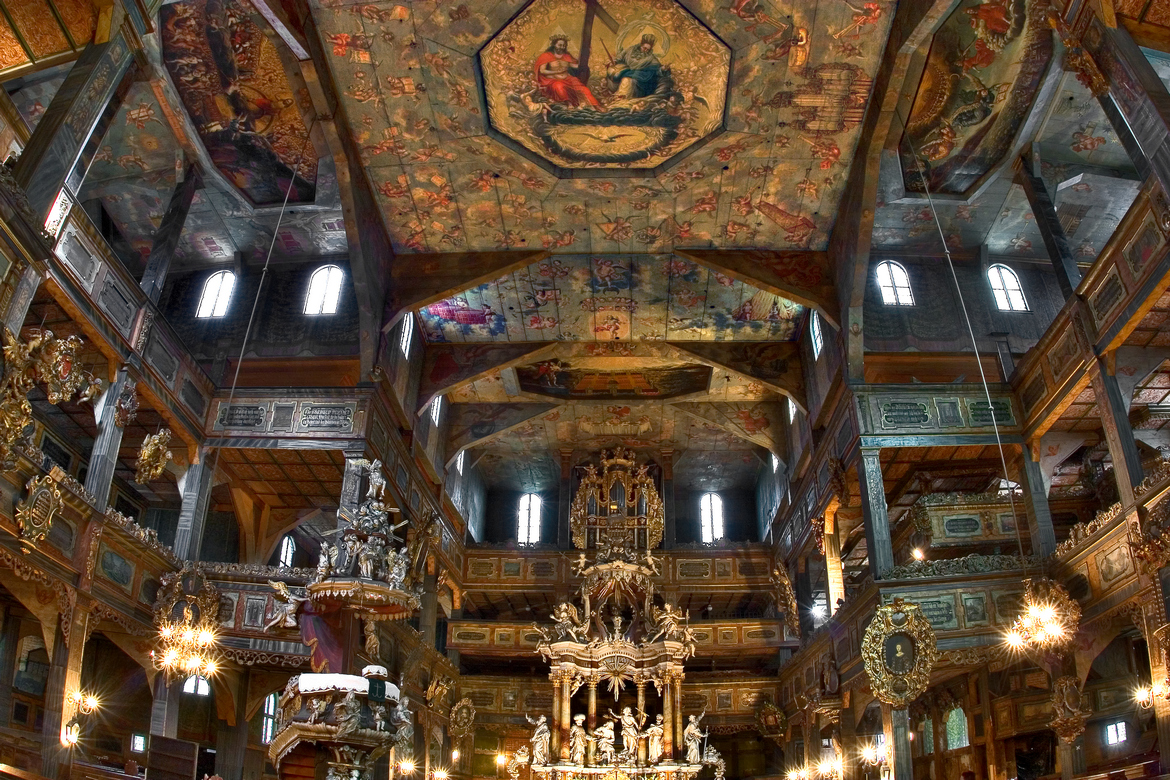
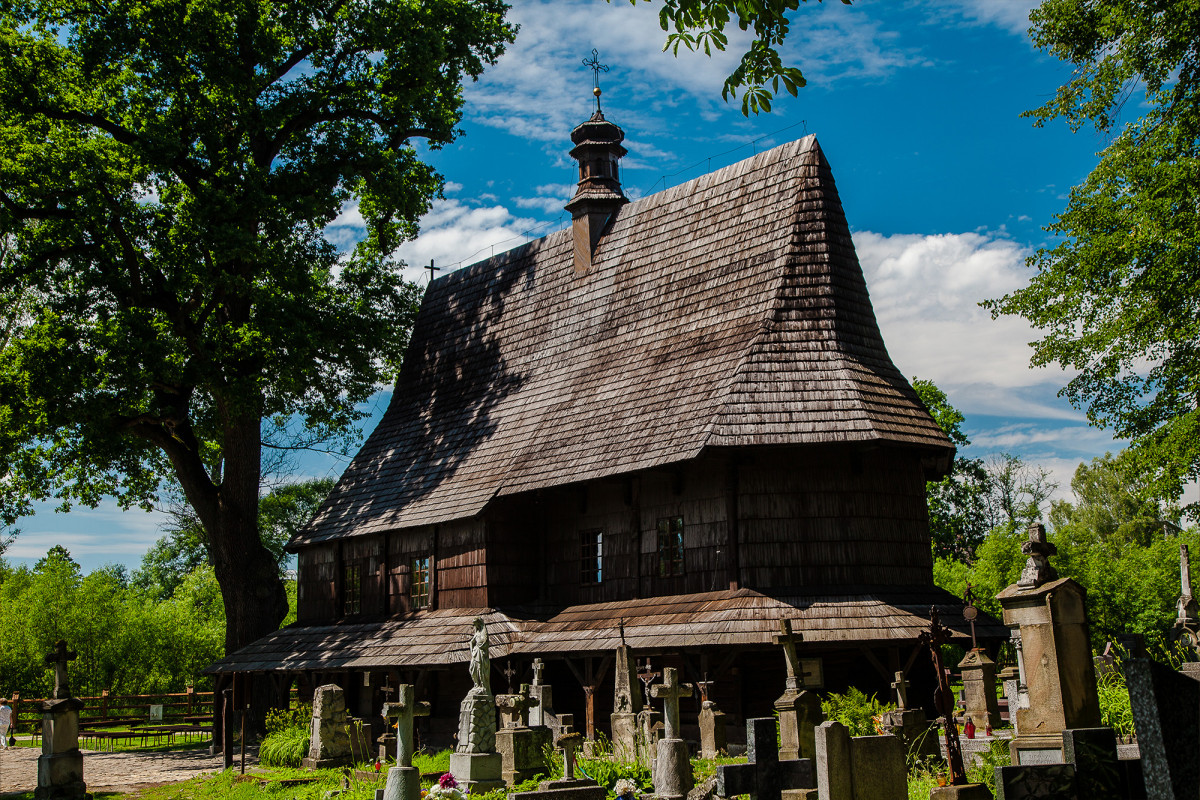
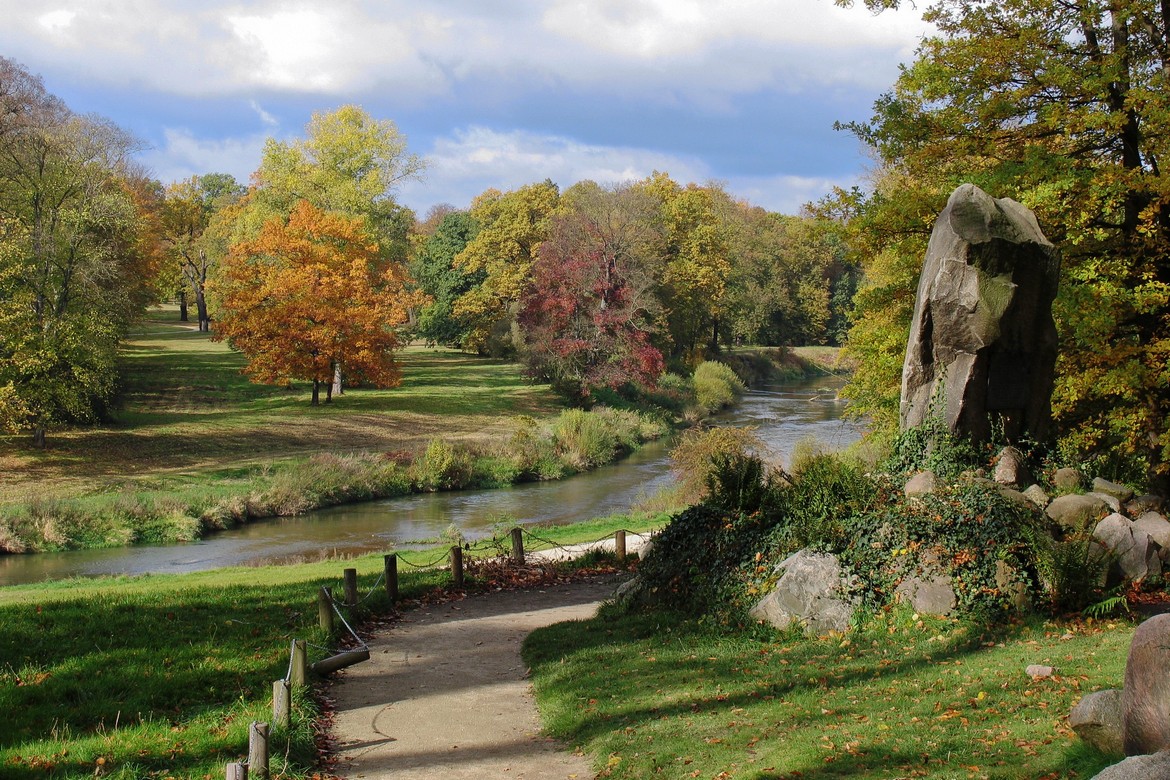
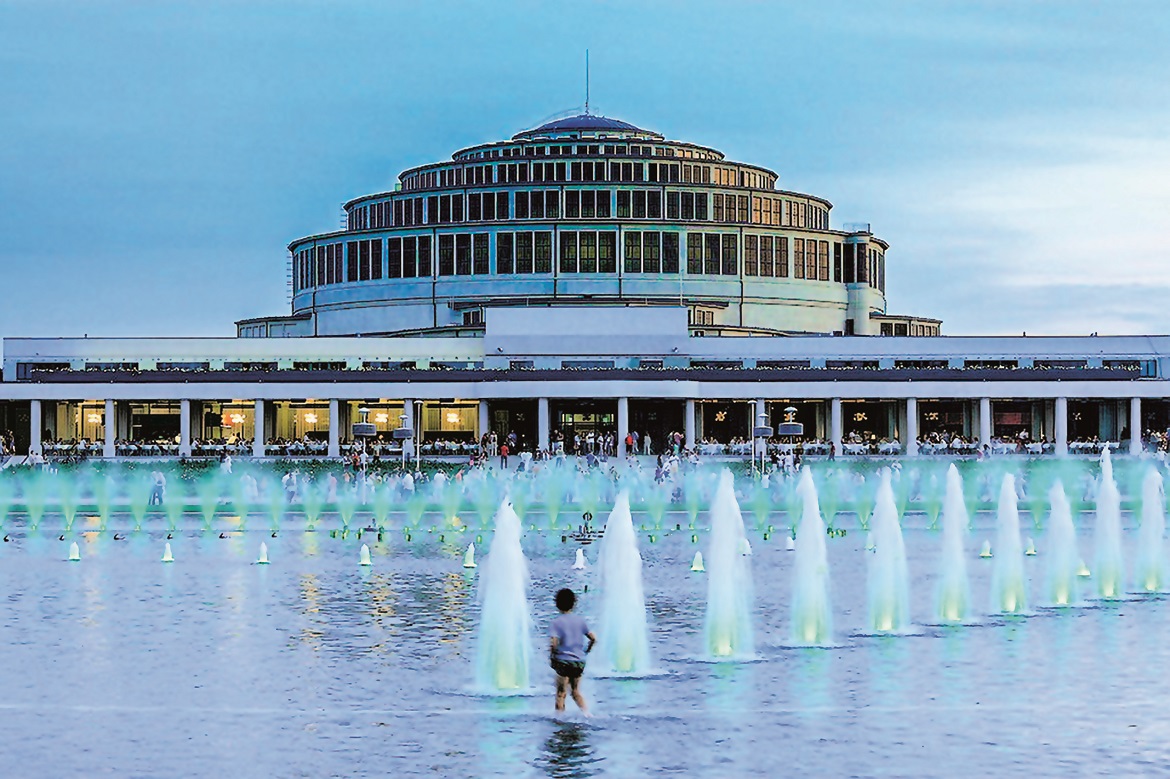
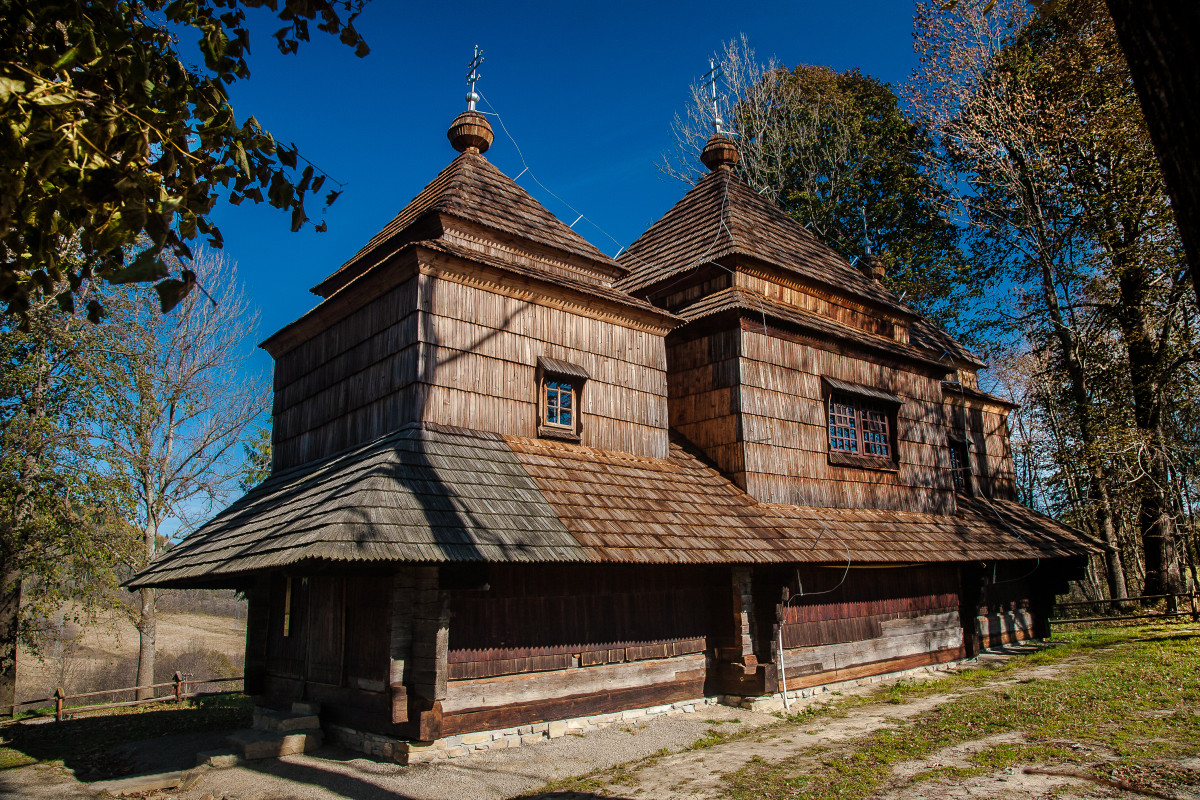
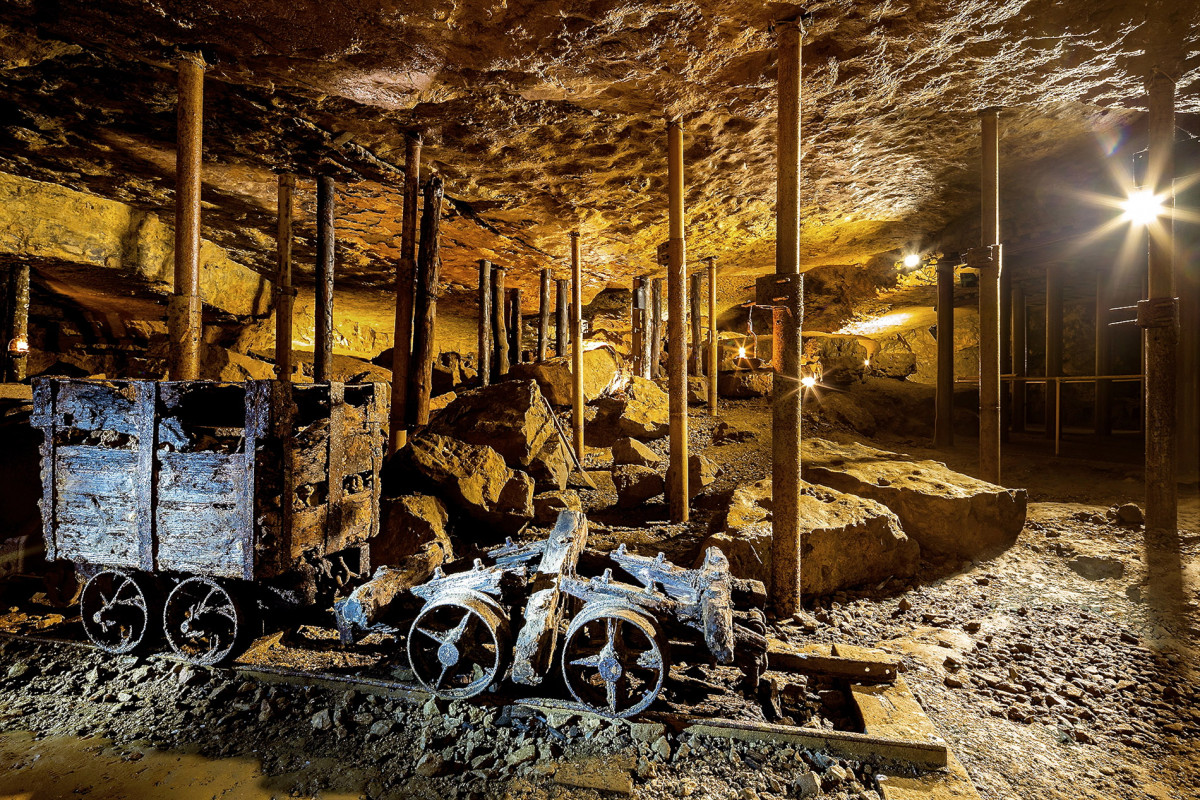
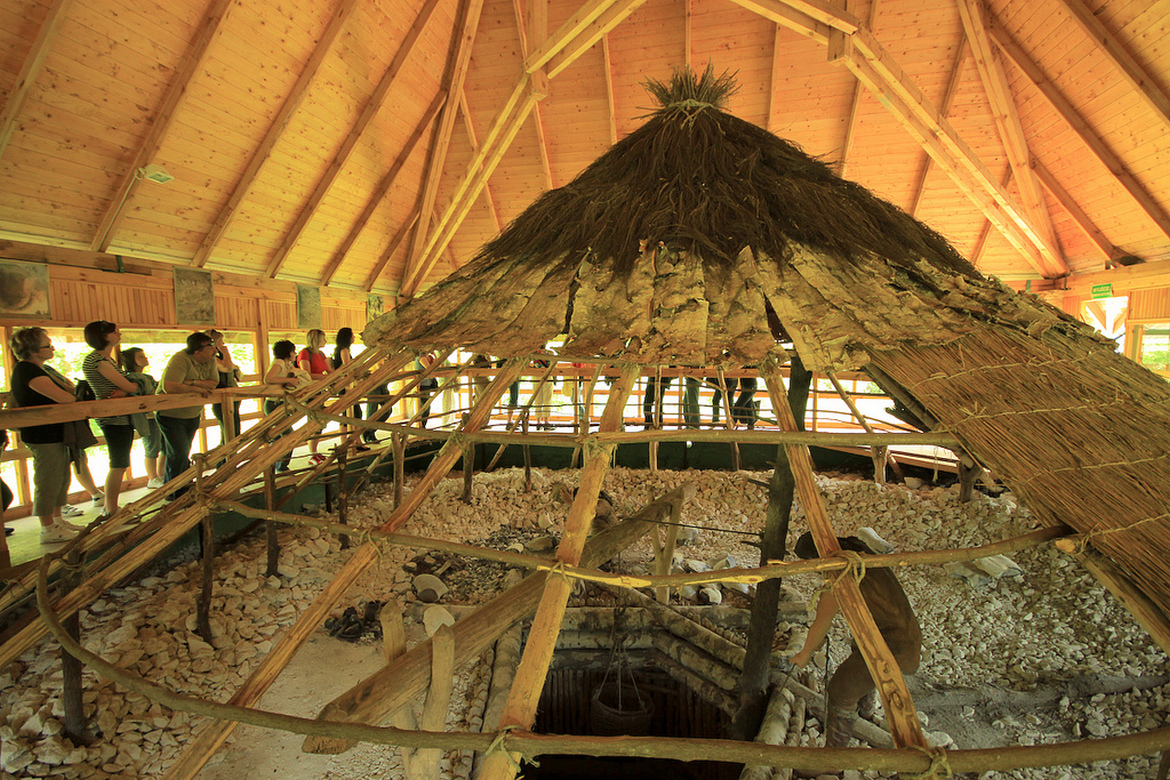
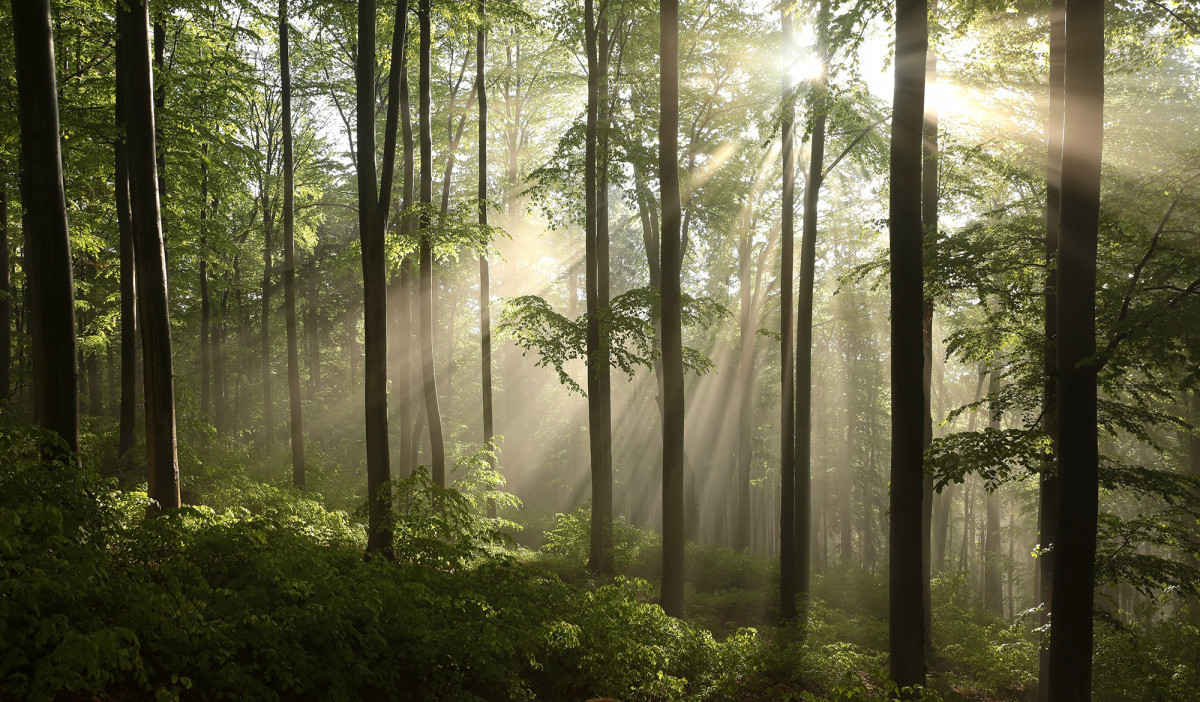
Poland was one of the first countries to sign the UNESCO Convention for the Protection of World Heritage. The sites featured on the list are the common heritage of humanity, characterised by their outstanding universal value. Poland stands out significantly among the leading representatives on the UNESCO list. Come and visit all the Polish jewels in the UNESCO crown!
Old Town in Kraków
Shining brightest among them is the Old Town in Kraków, inscribed on the UNESCO list in 1978 as one of the first 12 sites in the world. The area includes the Old Town within the old defensive walls, the Wawel Hill and the Kazimierz and Stradom districts. A monument to the culture of the Polish nation, this tiny fragment of contemporary Kraków is where the greatest works of culture and art from the thousand years of the history of this place are gathered.

Royal Salt Mines in Wieliczka and Bochnia
In the same year, another site joined the first world “twelve”, the amazing historic Salt Mine in Wieliczka. Together with the historic Salt Mine in Bochnia, which was added in 2013, they comprise an expanded entry on the UNESCO list called the Royal Salt Mines in Wieliczka and Bochnia. Located less than 30 km from each other, they belong to the biggest tourist attractions in Poland. The mines are visited annually by hundreds of thousands of visitors from Poland and all over the world. Unique underground tourist routes and a special microclimate (which is also therapeutic!) act as a magnet, attracting tourists thirsty for unusual experiences.

A year later (1979), the UNESCO World Heritage List was enriched with two more special places from Poland:
Auschwitz-Birkenau. German Nazi Concentration and Extermination Camp
One of them is of paramount cultural and historical significance: Auschwitz-Birkenau. German Nazi Concentration and Extermination Camp. Completely different in reception than other UNESCO sites, it is a symbol of planned genocide and Shoah. Created by the Nazi Germans in mid-1940 on the area of older military barracks in Oświęcim, it is a memento of the darkest times in human history. The two exhibition complexes are about 3.5 kilometres apart and are largely accessible to visitors thanks to the Auschwitz-Birkenau State Museum in Oświęcim.

Białowieża Forest
The second site to join in 1979 is a wonder of nature: the Białowieża Forest (Polish-Belarusian cross-border site). It is an ancient forest whose core part is over 500 years old. The symbol of the forest and the Białowieża National Park situated within it is the bison, whose wild population is the most numerous in the world (over 800 animals).

The next entries on the UNESCO World Heritage List from Poland included the old towns of beautiful cities:
Old Town in Warsaw
In 1980, it was the Old Town in Warsaw, inscribed on the list not because of its historical value, but as an example of exceptional meticulousness in almost complete restoration of the oldest part of the city, methodically demolished by the Germans after the Warsaw Uprising. The reconstruction of the Old Town followed careful historical research and conservation studies. The spatial layout from the charter period in the 12th century and the architecture from the 18th century were reconstructed based on preserved images of the city found in paintings by Canaletto, among others.

Old Town in Zamość
In 1992, the Old Town in Zamość was listed as a unique architectural and urban complex. The plan of the city, according to the design of the Italian architect Bernardo Morando, mirrored Italian cities of that time. The original layout of the Old Town has survived in almost unchanged form until this day: the chessboard layout of streets, fortifications, three market squares and most of the buildings.

Medieval Urban Complex of Toruń
And in 1997 the medieval urban complex of Toruń joined the other listed sites. Referred to as an island in medieval sources, this oldest part of the city was charted in the 13th century by the Teutonic Order. From the deck of a ship, boats cruising on the river, the road bridge or the left-bank terrace, you can see the greatest view of Toruń, that is, its panorama – one of the Wonders of Poland. Especially in the evening, go to the left bank of the Vistula to see the unforgettable night skyline of illuminated Toruń – amazing impressions!

Castle of the Teutonic Order in Malbork
The monumental work of the Teutonic Knights, the Castle of the Teutonic Order in Malbork is the second Polish site alongside Toruń inscribed in 1997 on the UNESCO World Heritage List. It is the largest of the medieval castles preserved in Europe. The three-part Gothic defensive fortress consists of the Low Castle, the Middle Castle and the High Castle. The most beautiful view of the castle is from the river, the Nogat. The castle tower offers a captivating panoramic view of the area.

Kalwaria Zebrzydowska: A Mannerist architectural and landscape complex and a pilgrimage park
Two years later, in 1999, Kalwaria Zebrzydowska joined the Polish crown of UNESCO with the Mannerist Architectural and Park Landscape Complex and Pilgrimage Park. The most valuable sacred monument in Kalwaria is the image of our Lady of Calvary in the Zebrzydowski’s Chapel. Impressive Passion plays are held here during Holy Week, while during the August holidays of the Dormition and Assumption of the Virgin Mary, pilgrims gather for processions and enactments. The calvary paths stretching over 6 square kilometres blend into the hills surrounding the town, reminiscent of sacred places in Jerusalem. The paths are part of the Kalwaria Zebrzydowska Sanctuary, one of the most visited pilgrimage sites in Poland and also one of the most interesting landscape and architectural complexes in Europe.

Churches of Peace in Jawor and Świdnica
In 2001, two more religious sites located in Poland joined the UNESCO list: the Churches of Peace in Jawor and Świdnica. They stand out because of the extraordinary history of their construction, as well as the perfection of the timber-frame design and a wonderful finish of the interior with polychrome paintings. Consider visiting these interiors when the famous organ concerts take place.

Wooden Churches of Southern Małopolska
And in 2003, six wooden churches – in the localities of Binarowa, Blizne, Dębno Podhalańskie, Haczów, Lipnica Murowana and Sękowa – joined as one serial UNESCO inscription. The Wooden Churches of Southern Małopolska are a group of historically valuable and architecturally interesting (Gothic, Renaissance and Baroque styles) wooden churches located in the historical Małopolska region. The vast majority of them were built using the log construction.

Muskauer Park or Park Mużakowski
A very attractive tourist destination and a transboundary Polish-German site, too, joined the UNESCO gems in 2004. It is the Muskauer Park, or Park Mużakowski – one of the most extensive European historic landscape parks covering about 700 hectares of land. It is the largest English style park in Poland and Germany. The area of the park lies on both sides of the Lusatian Neisse, known in Poland as the Nysa Łużycka.

Centennial Hall in Wrocław
Year 2006 turned out to be pivotal for the Centennial Hall in Wrocław, as it was then that this architecturally unique building enriched the Polish crown of UNESCO sites. This impressive edifice is covered by a reinforced concrete roof with the largest span in the world.

Wooden Tserkvas of the Carpathian Region in Poland and Ukraine
In 2013, sixteen wooden churches from Poland and Ukraine were added to the prestigious list of UNESCO sites under the entry Wooden Tserkvas of the Carpathian Region in Poland and Ukraine. On the Polish side, these are churches in: Chotyniec, Radruż, Smolnik, Turzańsk, Brunary Wyżne, Kwiatoń, Owczary and Powroźnik.

Tarnowskie Góry Lead-Silver-Zinc Mine and its Underground Water Management System
The Historic Silver Mine in Tarnowskie Góry, which in 2017 became a part of the UNESCO World Heritage List as the Tarnowskie Góry Lead-Silver-Zinc Mine and its Underground Water Management System, is a particularly attractive tourist destination. It is a complex of 28 post-mining facilities, located mainly in Tarnowskie Góry and in parts of Bytom and the Commune of Zbrosławice Historically and technically, they form a single whole, combining the mining of silver, lead and zinc ores, underground drainage systems and the use of post-mining water for food purposes.

Krzemionki Region of Prehistoric Striped Flint Mining
In 2019, the UNESCO World Heritage Committee appreciated the Krzemionki Region of Prehistoric Flint Mining, listing it as the 16th site in Poland. Krzemionki near Ostrowiec Świętokrzyski has the status of an Archaeological and Natural Museum and Reserve. Due to the unique underground architecture, the perfectly preserved post-mining landscape and its scientific values, it is covered by archaeological and natural protection.

Ancient and Primeval Beech Forests of the Carpathians
The last site from our country inscribed on the UNESCO World Heritage List (in 2021) are the Ancient and Primeval Beech Forests of the Carpathians. After the Białowieża Forest, this is the second listed natural site in Poland. Located in the most inaccessible nooks of the national park, the Bieszczady fragments of beech forests underwent a multifaceted assessment which evaluated their natural character very highly.

As you can see, all these places are very diverse and certainly worth discovering. Their geographic distribution, if you look at the map of Poland, allows you to get to know other interesting and exceptionally attractive places in our country too, whether cultural, historical, natural or simply giving opportunities for rest and relaxation after intensive sightseeing.


